Oil spills
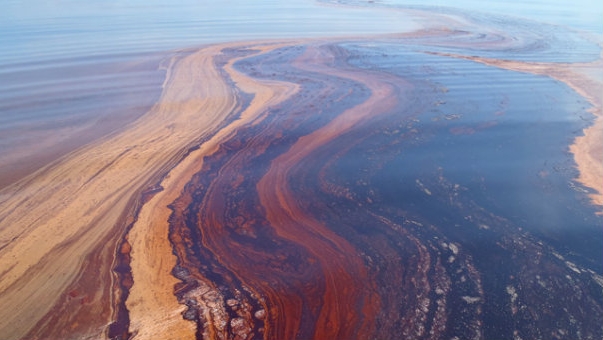
Oil spills can come from a number of sources, including tankers and oil extraction and storage facilities. Spills from tankers are usually the result of a breach in the hull, either from running aground or hitting an object in the water. Major oil spills, such as the 2006 spill off the coast of Lebanon or the 2002 Prestige accident off the coast of Spain, can pose serious threats to birdlife, fisheries, and marine ecosystems.
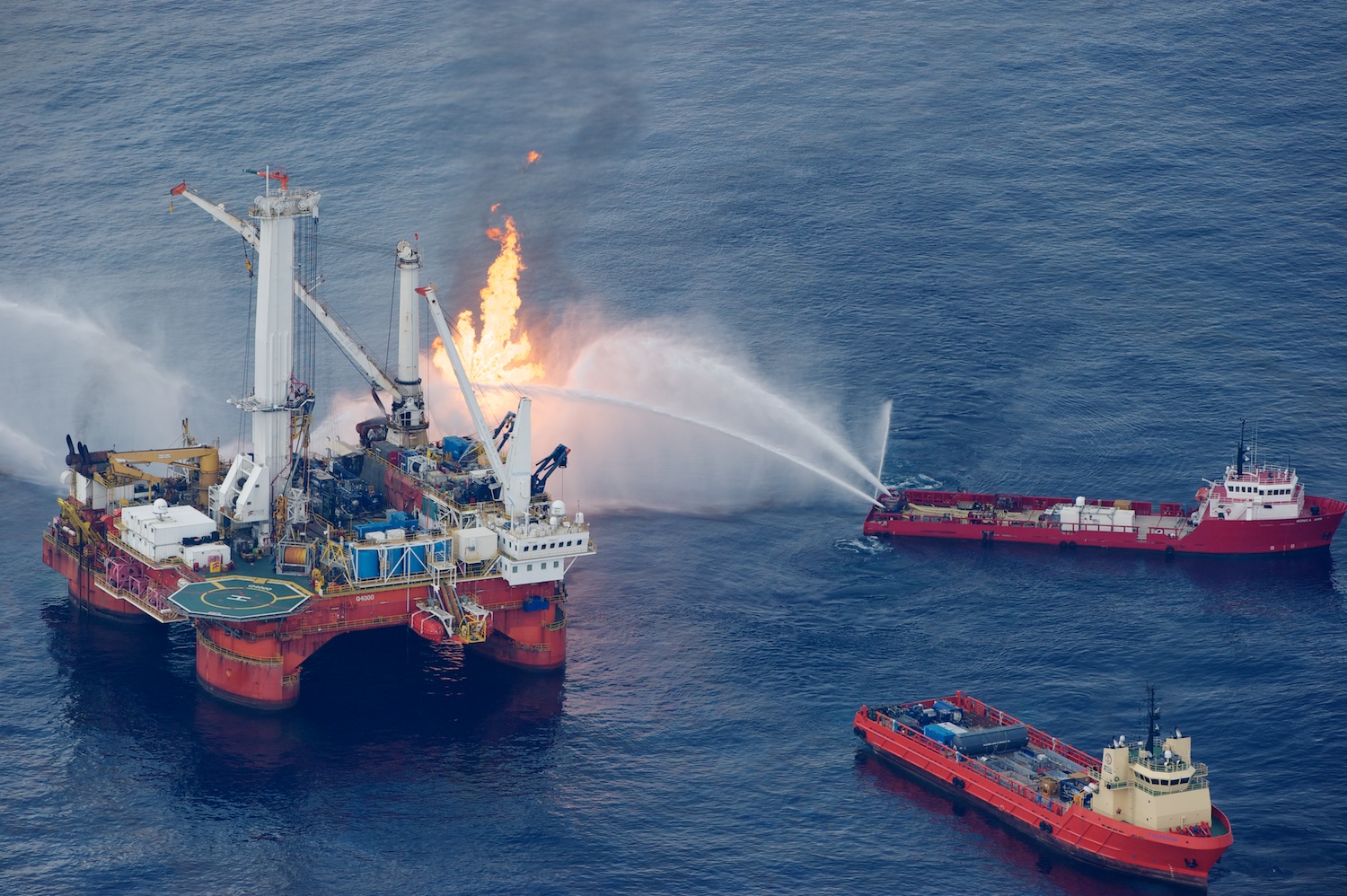
Spills and accidents tend to get a great deal of publicity when they occur, yet they actually account for a very small percentage of total oil pollution. According to the 2003 National Research Council (NRC) report, Oil in the Sea III: Inputs, Fates, and Effects, 70 percent of anthropogenic source oil that reaches ocean waters is the result of consumer use; in North America it is closer to 85 percent. Much of this oil enters the ocean from runoff related to oil use inland, especially from the transportation sector – a classic example of a non-point source polluter.

It should be noted that human activity is not solely responsible for oil pollution in the oceans. The NRC estimates that nearly half of the oil that enters the world’s oceans is the result of natural processes, including from natural seepage. Though a vast amount of oil enters the ocean from this little-understood phenomenon, it does not appear harmful; however, it does change the surrounding environment. Yet, over time, organisms living in these areas adapt and create ecosystems in which they can survive, and even thrive. Scientists continue to study this phenomenon to better understand how oil changes the way the organisms live.
Natural disasters, such as hurricanes or floods, can also cause of oil spills. For example, Hurricane Katrina was responsible for the release of more than 7 million gallons of oil into the ecosystem, originating from oil storage facilities, processing plants, and pipelines. In 2007, flooding in Kansas caused over 40,000 gallons of crude oil from a refinery to spill into flood waters, threatening both the local ecosystem and drinking water.
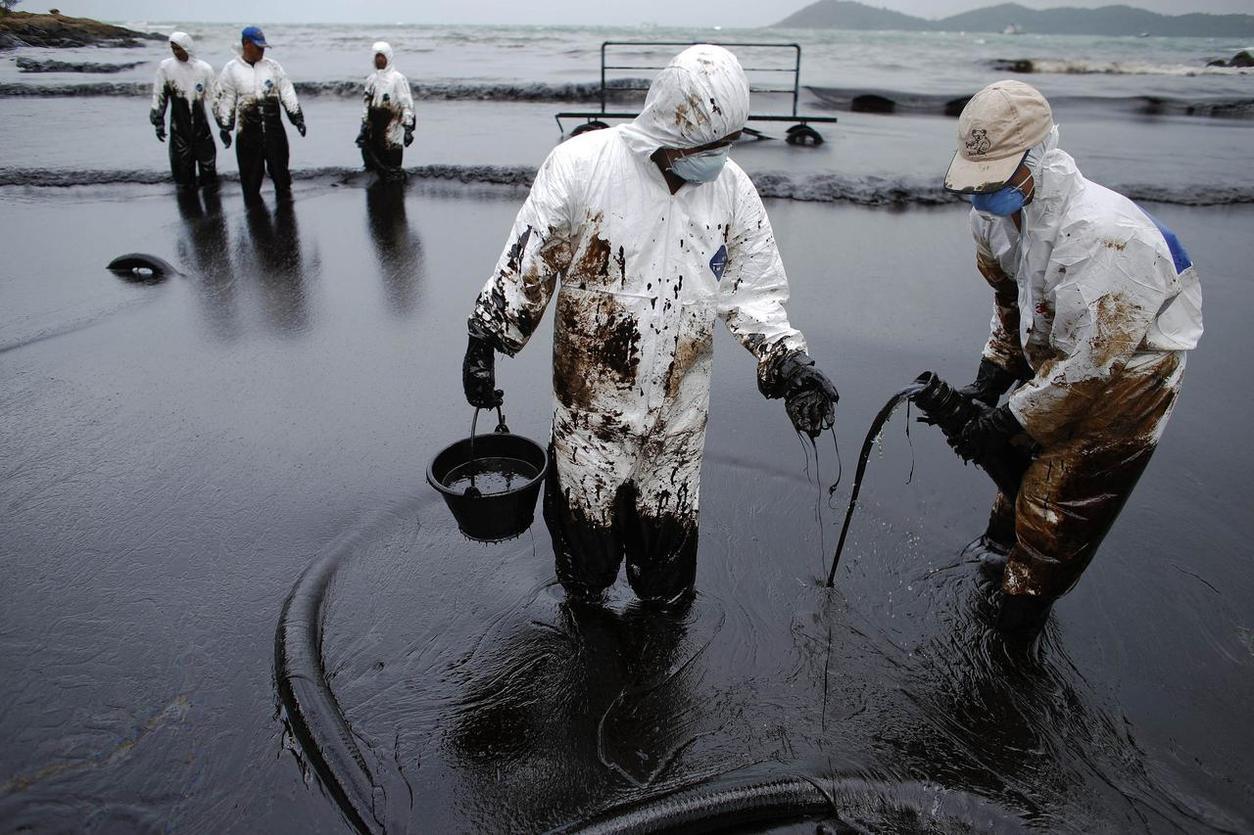
What can be done about catastrophic oil spills?
Prevention
The most important measures are those that prevent them in the first place. In the U.S., the Environmental Protection Agency (EPA) and the National Oceanic and Atmospheric Administration (NOAA) work to prevent and clean up oil pollution in the ocean. International cooperation, such as the United Nations treaty MARPOL 73/78 (MARine POLlution) that went into effect in 1983, is also credited with reducing the amount of oil pollution stemming from the shipping industry.
Barely a year after the 1989 Exxon Valdez oil spill, the U.S. passed the Oil Pollution Control Act of 1990 requiring, among other things, that the oil industry take greater precaution against spills and detailed emergency response plans for cleaning up spills that do occur. In addition, by 2015 all tankers operating in US waters must be double-hulled, so that if the outer hull is breached the inner hull will contain the fuel.
International cooperation and stronger legislation have proven to be successful, as there have been fewer spills since 1989 (see timeline of oil spills). Another factor has been an improvement in tanker navigation equipment—especially with the introduction of global positioning systems. However, as with double hulled-ships, technology can only prevent accidents when used properly.
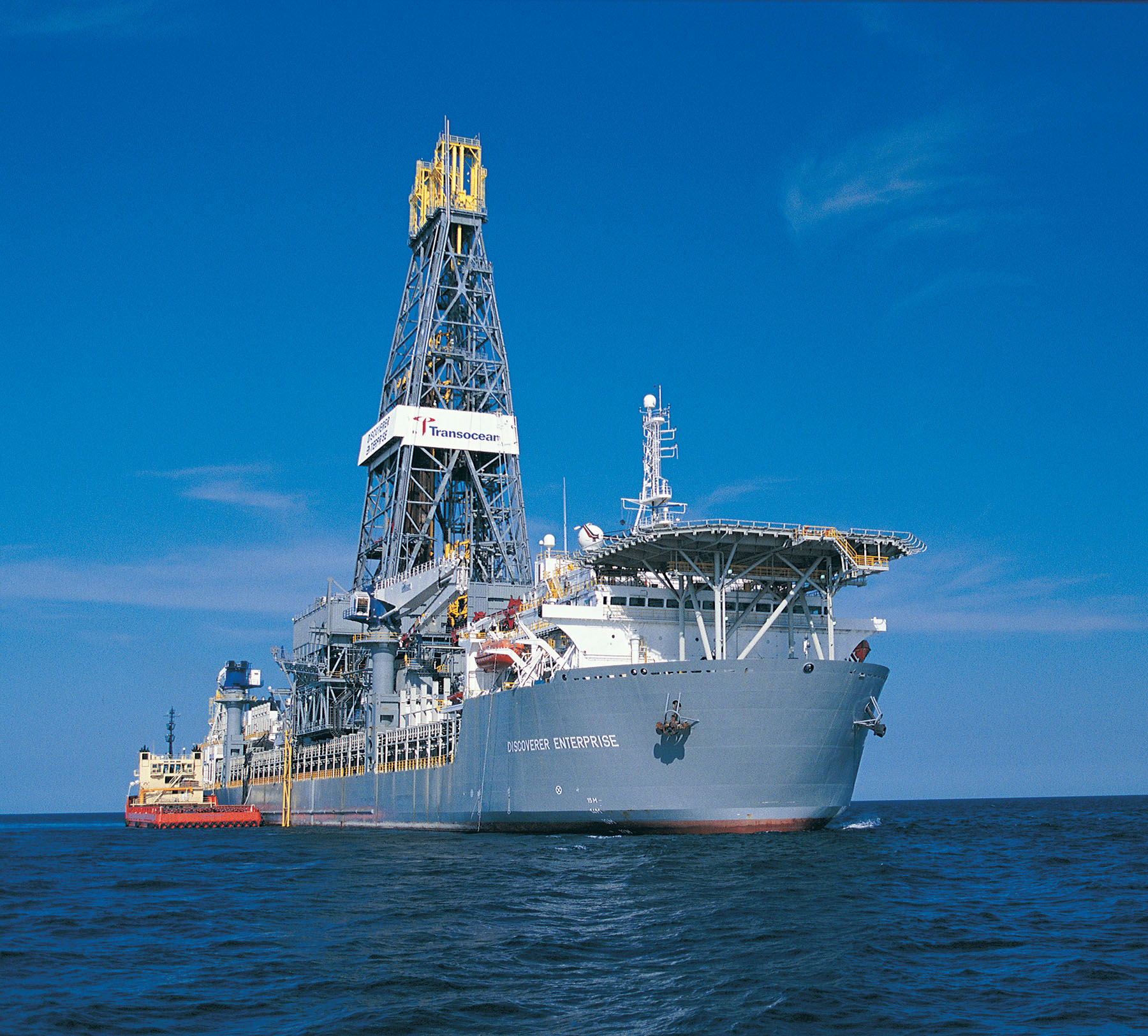
International law, primarily the International Convention on Oil Pollution Preparedness, Response and Co-operation (OPRC), now mirrors U.S. law, although it does not permit awarding punitive damages against tanker owners for spills. Enforcement remains a problem since foreign tankers often fly “flags of convenience,” and are registered in countries known to have lax safety or taxation requirements. To counter this, however, countries can restrict the use of their ports to ships that are able to provide recent safety inspection documentation.
Remediation
Much has been learned about how to best clean up oil spills since the Exxon Valdez. For example, some cleaning methods used after the Valdez spill inadvertently caused additional damage; the high pressure, hot water washing of the rocky shore removed both sediments and nutrients that could have aided in the recovery of the ecosystem.
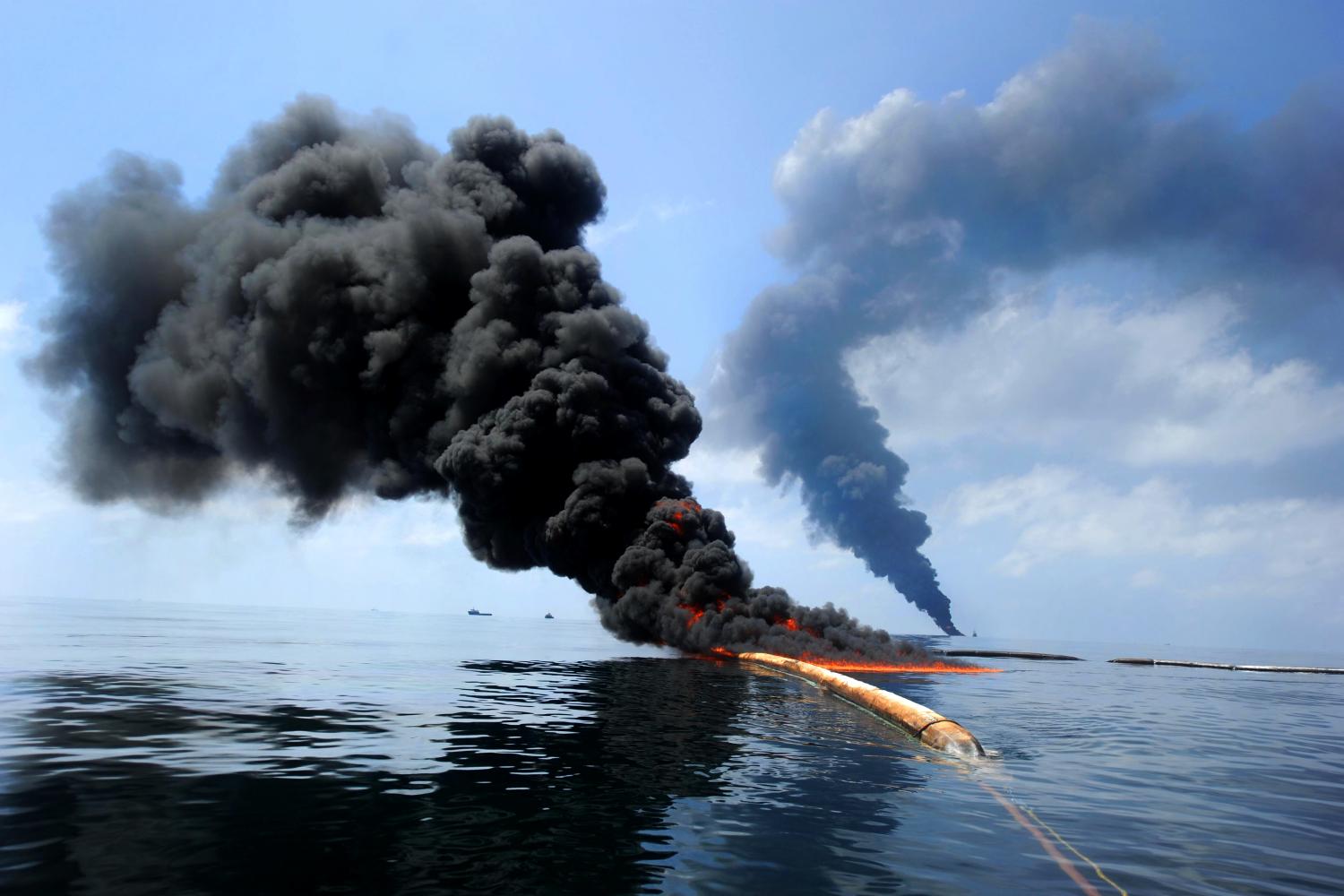
To prevent widespread damage when spills occur, workers now try to contain the spill using absorbent barriers or boats that skim oil off the water’s surface. Another useful method is in situ burning, where oil is burned off the water. New bioremediation technologies are constantly being developed using microorganisms to break the hydrocarbons down into less harmful compounds. Scientists and researchers are working on new ways to limit the effects of an oil spill; there is even research underway to use proteins from horse sweat to mitigate environmental damage.
Because it is impossible to completely eliminate the risk of an oil spill during the extraction, processing, and transportation of oil, it is important to have a well-designed plan in place that can be used for clean up in order to limit negative impacts. However, the negotiation of increasingly stringent rules and regulations, along with continued research, make it possible for oil spills to become even more sporadic and less catastrophic.
Source: Enviroliteracy
Related Post
 Environmental news
April 29, 2024
Environmental news
April 29, 2024
Oil Spill Kills More Than 2,400 Animals
An unclear amount of oil has leaked into Colombia’s waterways, and environmental activists are saying an oil company is to blame. At the beginning of March, an oil well in northern Colombia burst, spewing an unclear amount of oil into the Magdalena River, a principal waterway that flows about 950 miles northward through the western half of the […]
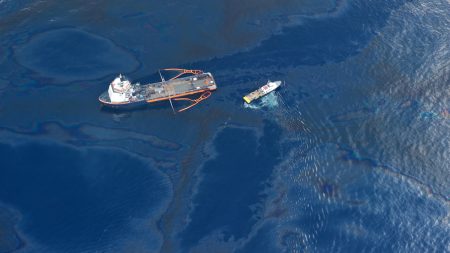 Environmental news
April 29, 2024
Environmental news
April 29, 2024
Operational discharge of oil
Ships | Offshore drilling | Pipelines Discharges of oil from shipping, offshore extraction of oil, and transport of oil in pipelines is the result of either accidents or “normal”, deliberate operational discharges. Accidental discharges (oil spills)occur when vessels collide or come in distress at sea (engine breakdown, fire, explosion) and break open, or run aground close to the shore, or when […]
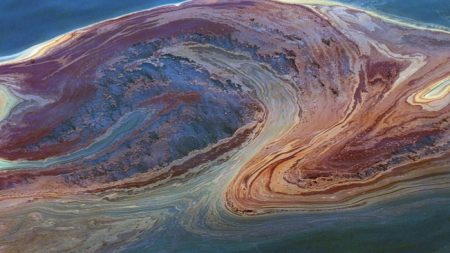 Environmental news
April 29, 2024
Environmental news
April 29, 2024
What are oil slicks?
Oil slicks float on oceans and seas, covering them in a thick film of crude or refined petroleum oil. When freight ships carrying tens of thousands of tons of fuel crash, malfunction, or encounter harsh weather, they spill enormous amounts of oil into the water. Since oil and water don’t mix, the oil spreads out […]


